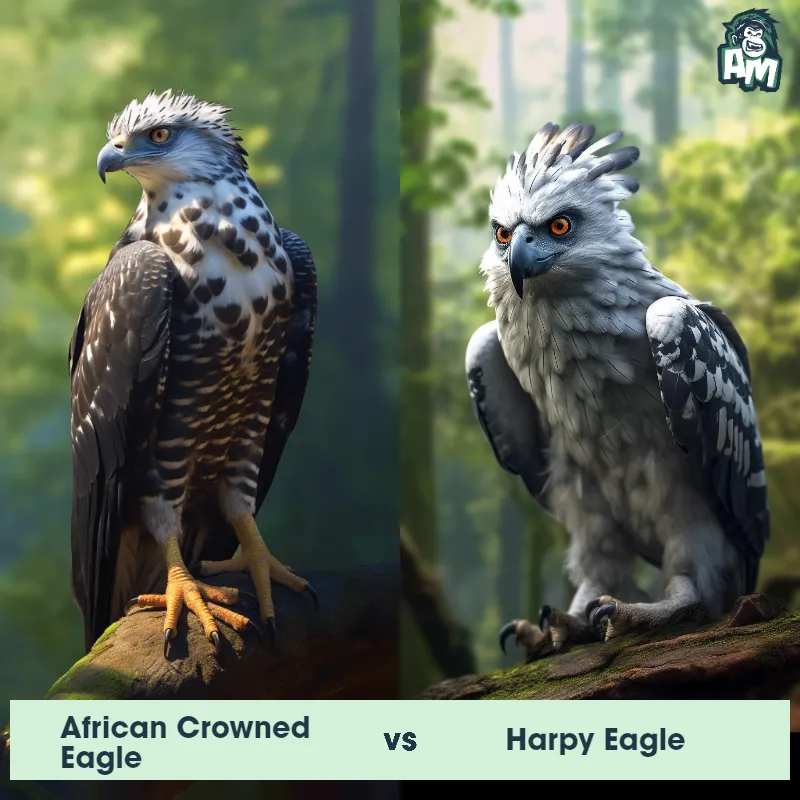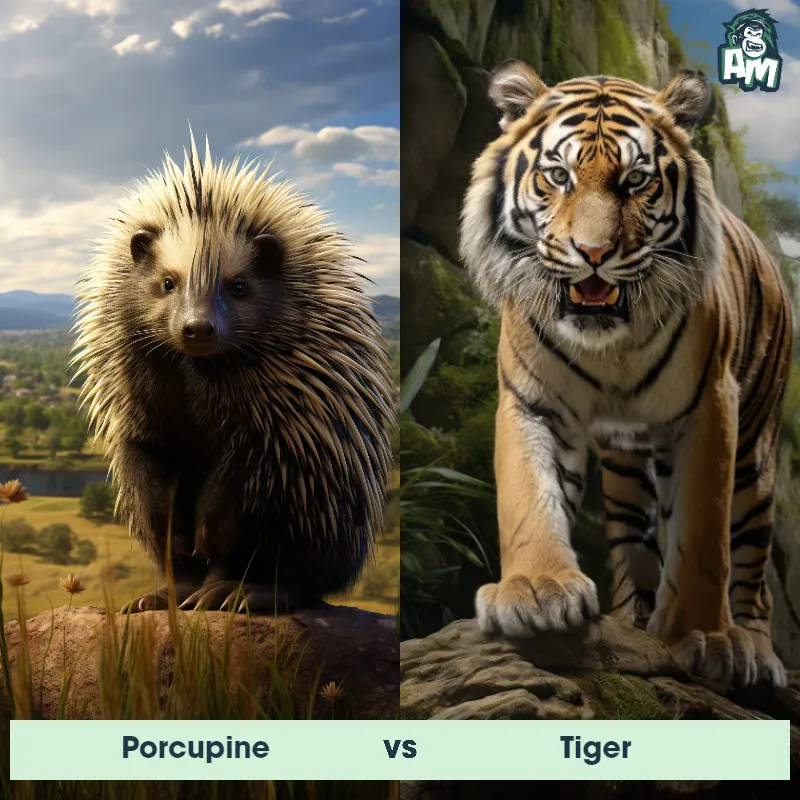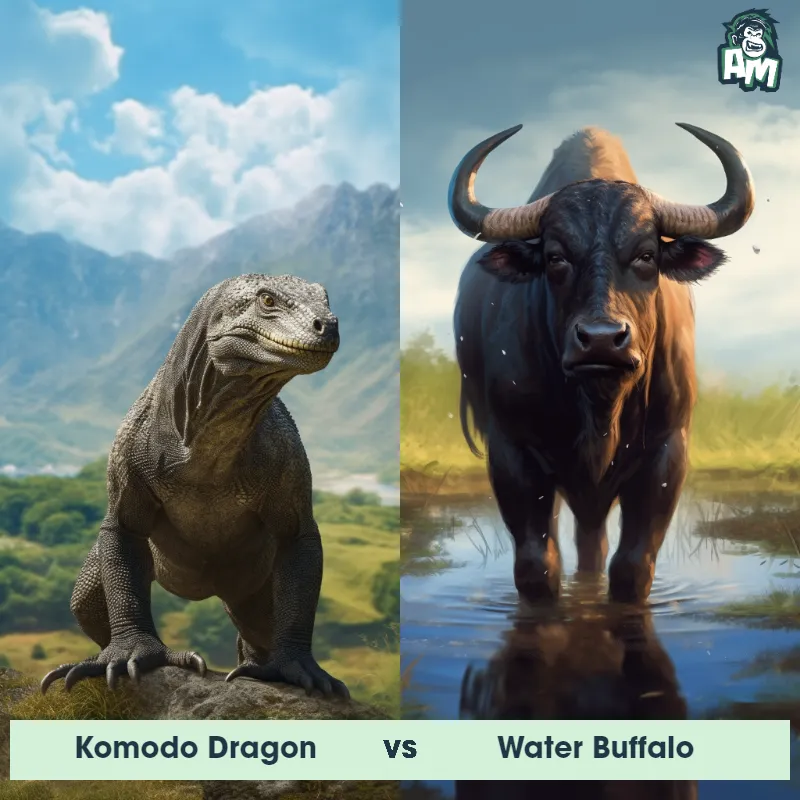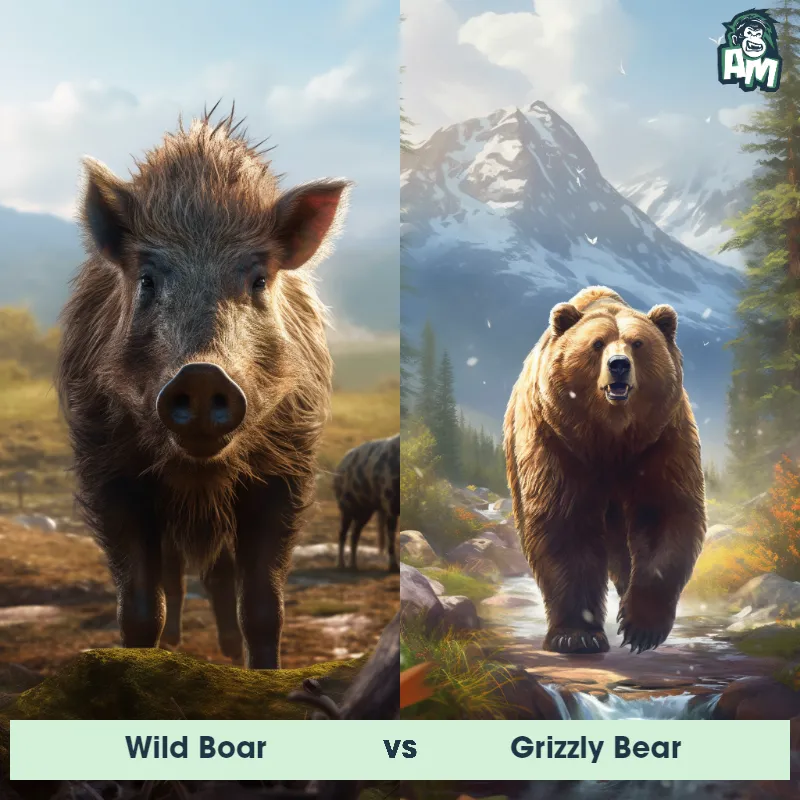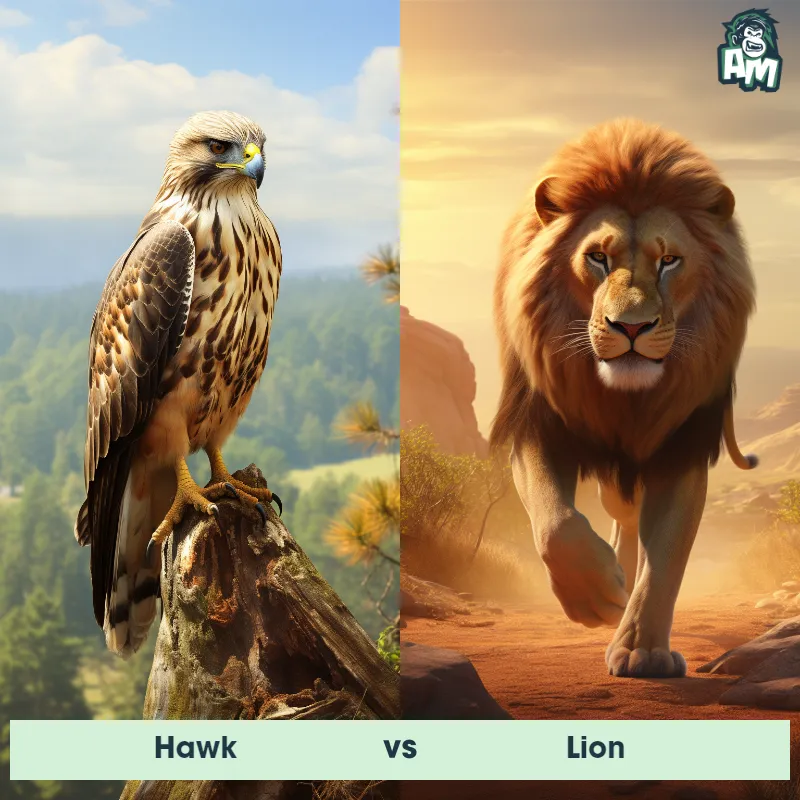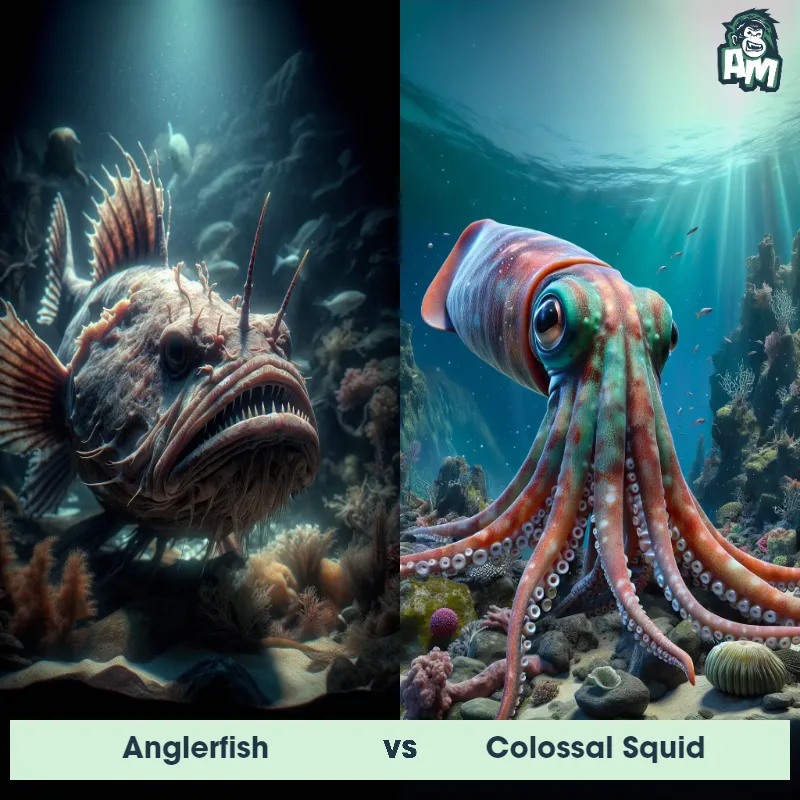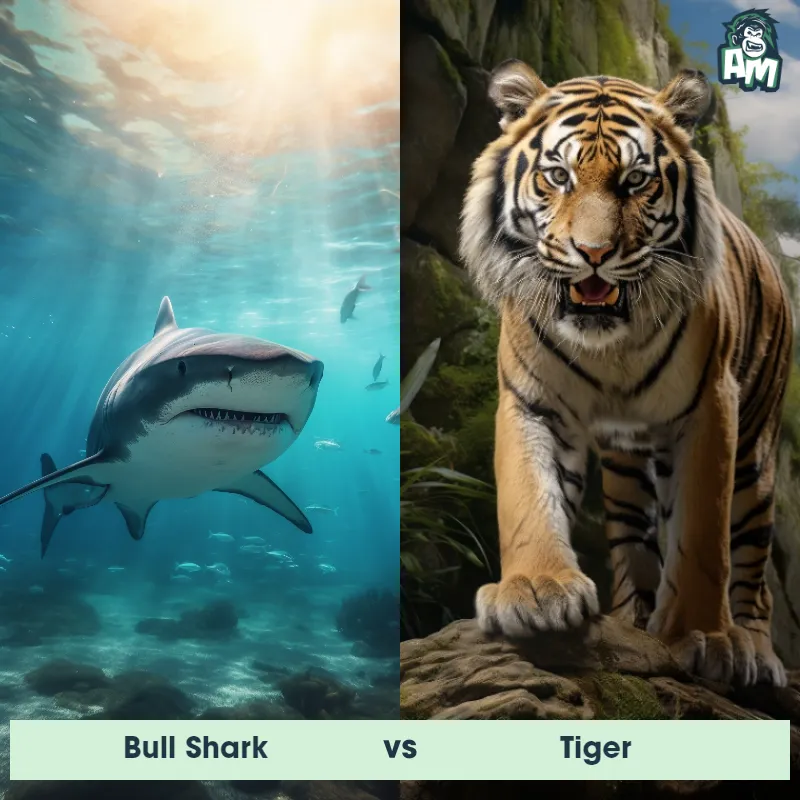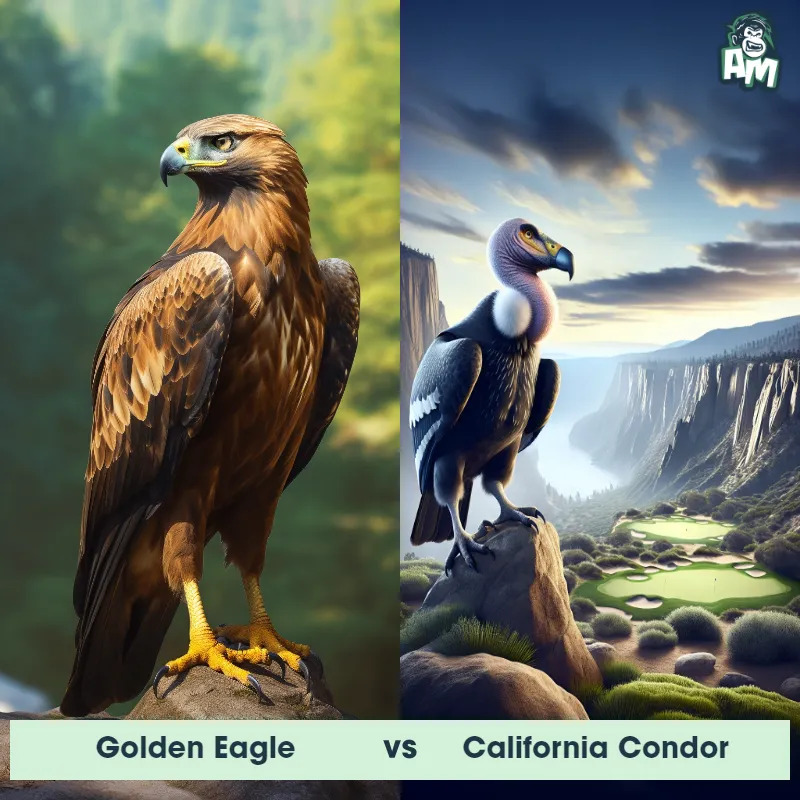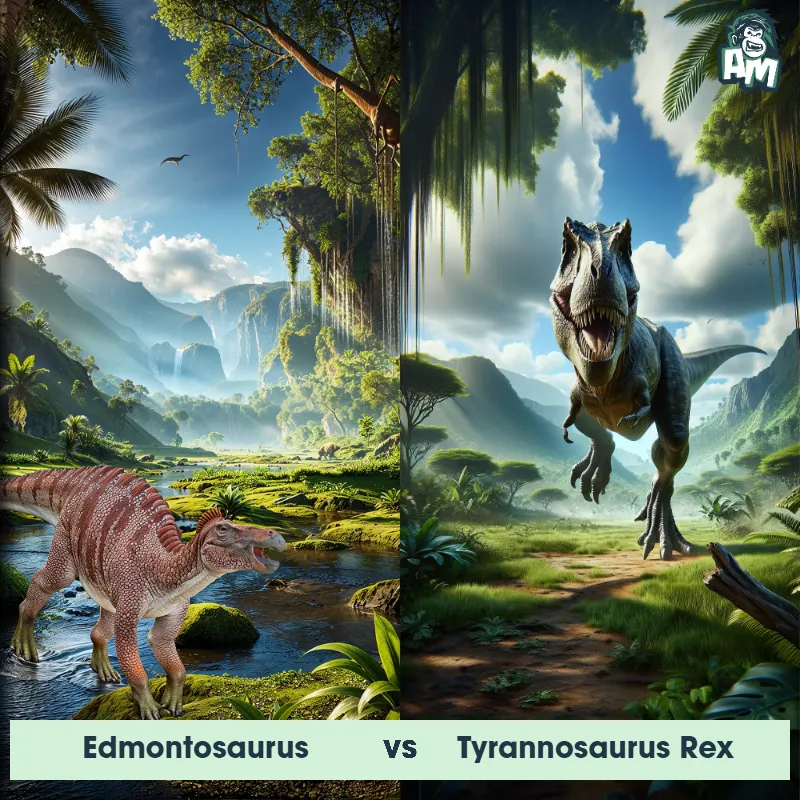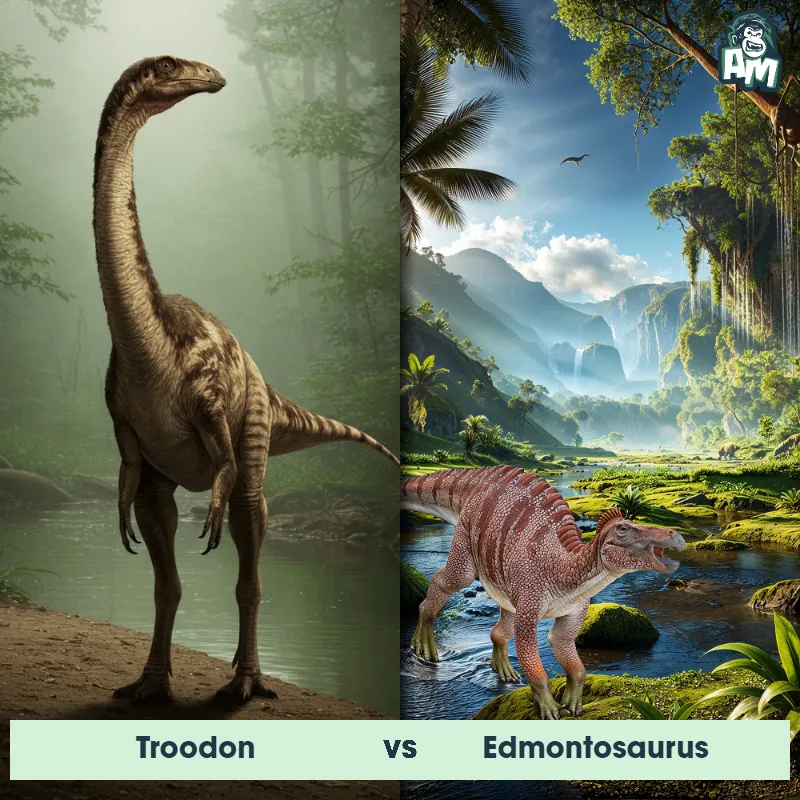Charonosaurus vs ParasaurolophusSee Who Wins

In the prehistoric battle of resilience, two giants emerge from the mists of time: Charonosaurus and Parasaurolophus. Both equipped with powerful tails and their distinct crests, they prepare to test their strengths over three rounds of combat, each aiming for dominance. Their presence echoes the roar of a bygone era.
Contender 1: Charonosaurus
Charonosaurus, also known as the "Duck-billed Dinosaur," was a herbivorous dinosaur that roamed the earth during the Late Cretaceous period. It measured around 30 feet in length and had a distinctive duck-like bill used for stripping leaves off of plants. Its long, slender legs and tail helped it move efficiently on both land and in water.
Fun Fact: The Charonosaurus had hundreds of teeth arranged in multiple rows to help grind up tough vegetation for digestion.
Contender 2: Parasaurolophus
The Parasaurolophus, also known as a duck-billed dinosaur, was a herbivorous dinosaur that lived during the Late Cretaceous Period. It was characterized by its long, hollow, tube-like crest on its head, which could have been used for communication and producing low-frequency sounds. Parasaurolophus had a large body with a robust build, long tail, and four legs with hoof-like claws.
Fun Fact: One fun fact about Parasaurolophus is that its distinctive crest could have been up to six feet long in some species, making it one of the most recognizable features of any dinosaur.
Matchup Stats
| Charonosaurus | Parasaurolophus | |
|---|---|---|
| Size | 30 feet in length (9.1 meters) | Up to 30 feet long (9.1 meters) |
| Weight | Approximately 5,000 pounds (2,268 kilograms) | Up to 4 tons (3,629 kilograms) |
| Speed | 21 mph (34 km/h) | 25-28mph (40-45km/h) |
| Key Strength | Strong tail for defense | Strong tail for defense |
| Biggest Weakness | Vulnerable due to size | Vulnerable neck due to crest |
Current Votes
Charonosaurus vs Parasaurolophus
See Who Wins
View More Matches
Looking For More?
Similar Matches
Scientific Stats
| Charonosaurus | Parasaurolophus | |
|---|---|---|
| Scientific Name | Charonosaurus | Parasaurolophus |
| Family | Hadrosauridae | Hadrosauridae |
| Habitat | Land and water | Forests and coastal plains |
| Geography | Asia (specifically China) | North America |
| Diet | Herbivore | Herbivorous |
| Lifespan | 25 years - 30 years | 50 years - 70 years |
Key Differences between Charonosaurus and Parasaurolophus
- Crest Openings: Charonosaurus had a thicker crest with potentially more internal air chambers than the Parasaurolophus crests, which were somewhat hollow.
- Size: Charonosaurus was generally larger than Parasaurolophus, with estimates suggesting Charonosaurus reached up to approximately 13 meters in length.
- Crests: Charonosaurus had a longer and more backward-leaning crest compared to Parasaurolophus, which exhibited varying crest shapes depending on the species.
- Geographic Distribution: While not a direct visual difference, Charonosaurus was found in Asia, which may have contributed to slight variations compared to Parasaurolophus from North America.
- Skulls: The skull of Charonosaurus was more robust and larger relative to its body size than that of Parasaurolophus.
- Facials Features: Parasaurolophus had a slightly more elongated and delicate facial structure compared to the broader face of Charonosaurus.




